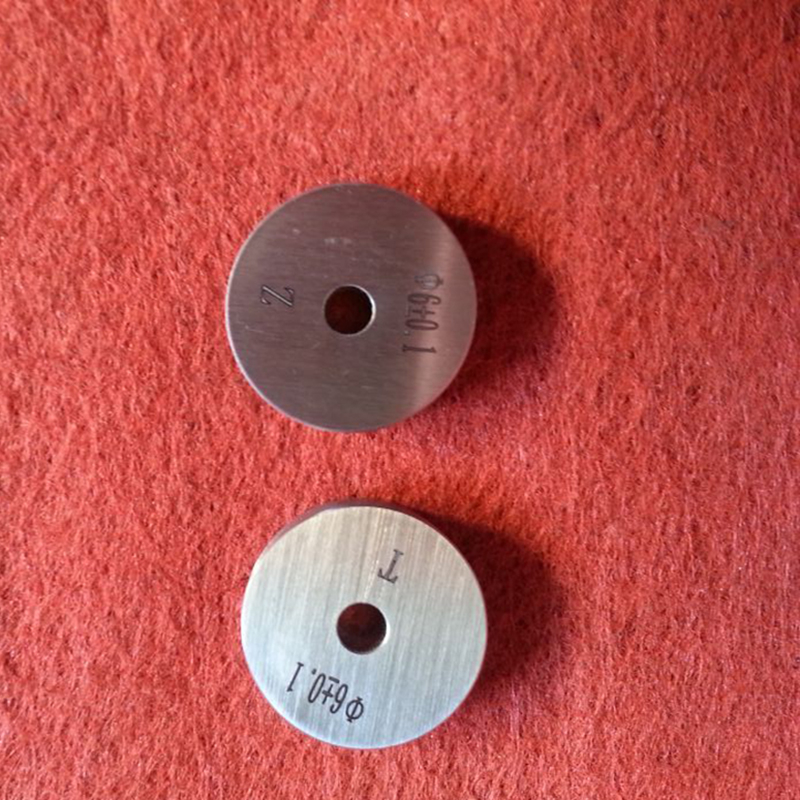ก.ย. . 22, 2024 08:04 Back to list
different types of globe valves
Different Types of Globe Valves
Globe valves are a critical component in various industrial applications, serving primarily to regulate fluid flow in piping systems. Their unique design allows for accurate flow control, making them an essential choice for many engineers and designers. There are several types of globe valves, each adapted for different applications and operational requirements. Understanding these variations is key to selecting the right globe valve for a specific application.
1. Standard Globe Valve
The standard globe valve features a spherical body with a movable disk or plug element that regulates flow. This type is widely used in various industries, including oil and gas, water treatment, and HVAC systems. The primary advantage is the ability to provide precise throttling, making it suitable for applications requiring fine control of fluid flow. However, the flow path can create pressure drops, which is a consideration in system design.
2. Angle Globe Valve
The angle globe valve has an angled body, typically at a 90-degree angle, allowing for a more efficient flow path compared to standard globe valves. This design is beneficial for applications where space is constrained, or where a change in fluid direction is required without excessive pressure loss. Angle globe valves are popular in steam service applications and can effectively reduce turbulence.
In a double-ported globe valve, the disk has two openings, allowing fluid to flow through in both directions. This design can help balance flow and minimize pressure drop by providing a larger flow area than single-port valves. Double-ported globe valves are often used in larger pipelines where flow control is vital, such as in chemical processing and power plants.
different types of globe valves

4. Single Ported Globe Valve
Conversely, the single-ported globe valve has only one port for flow, which simplifies design and reduces the valve's size. This type is ideal for applications where space is limited, and high precision in flow control is not as critical. Single-ported globe valves are often found in smaller-scale applications such as residential plumbing and simple industrial systems.
5. Bellow Seal Globe Valve
Bellow seal globe valves are specifically designed to prevent leakage by employing a metal bellow seal instead of traditional packing materials. This configuration minimizes the risk of leakage and is particularly advantageous in environmentally sensitive applications or where fluid contamination is a concern, such as in pharmaceutical manufacturing and certain chemical processes.
6. Steam Globe Valve
As the name suggests, steam globe valves are designed for steam applications. These valves are typically made from materials that can withstand high temperatures and pressures associated with steam systems. They are engineered to handle the specific challenges posed by steam, such as condensation and erosion, ensuring durability and reliability in performance.
Conclusion
When selecting a globe valve, it's vital to consider the type that best suits the specific operational needs, taking into account factors such as pressure, temperature, fluid type, and space constraints. Each type of globe valve offers distinct advantages and is suited for various applications, from standard and angle globe valves to specialized options like bellow seal and steam globe valves. By understanding these differences, engineers and operators can make informed decisions to enhance system efficiency and reliability.
-
Why Metric Trapezoidal Thread is Ideal for Precision Motion ControlNewsAug.05,2025
-
The Unique Properties of a Block of Granite for Industrial UseNewsAug.05,2025
-
The Role of Flanged Y Strainers in Preventing Pipeline ClogsNewsAug.05,2025
-
The Importance of Regular Calibration for Master Ring GagesNewsAug.05,2025
-
How a Cast Iron Surface Table Enhances Accuracy in ManufacturingNewsAug.05,2025
-
Comparing Different Check Valve Types for Optimal Flow ControlNewsAug.05,2025
Related PRODUCTS









